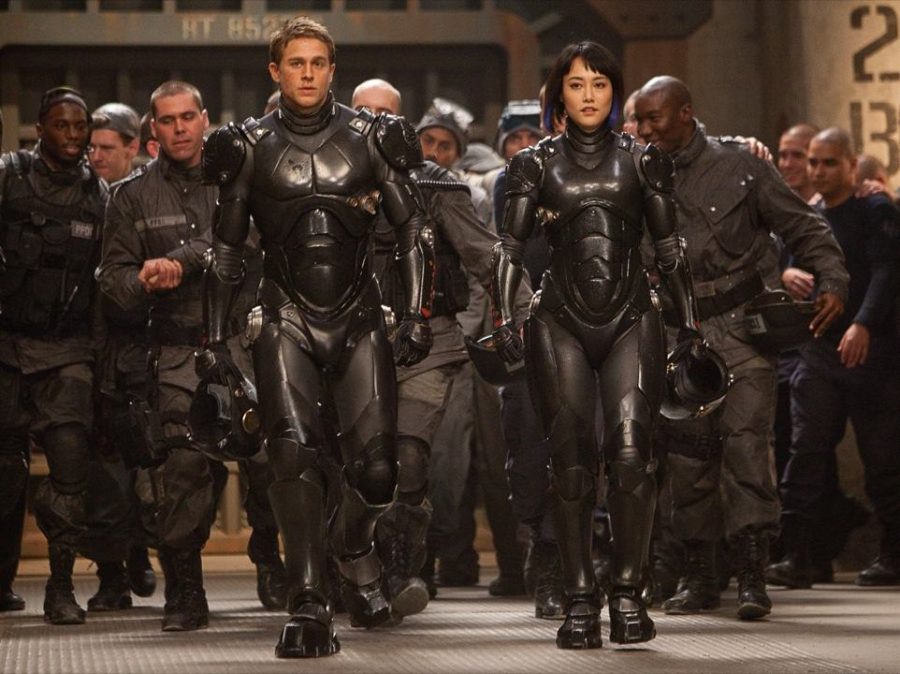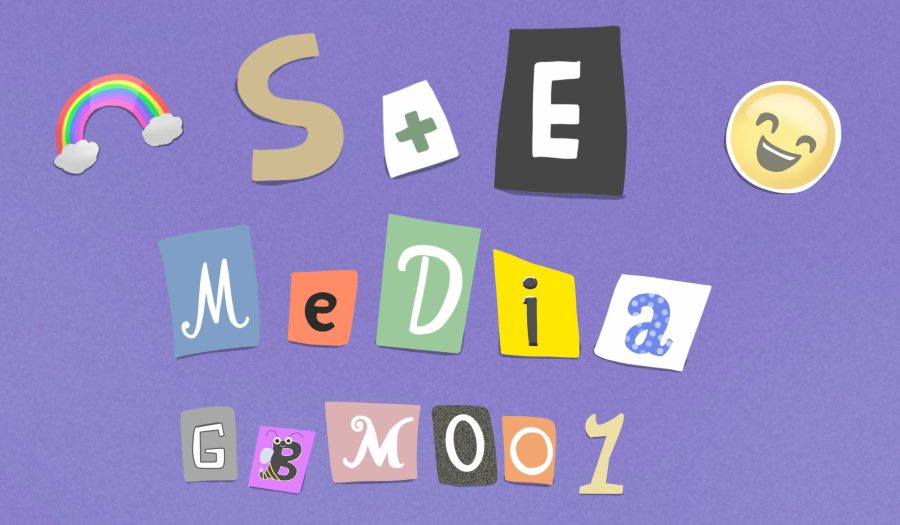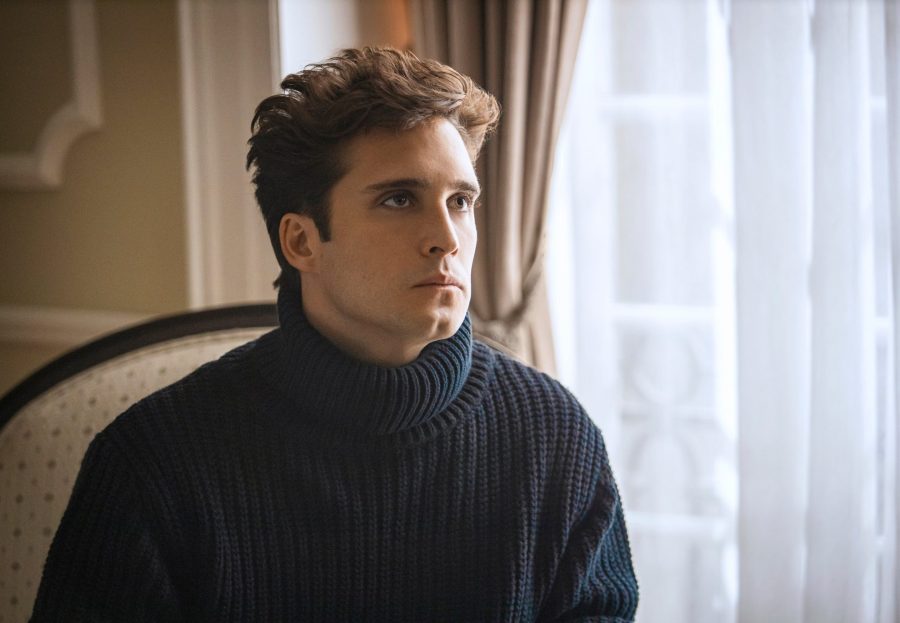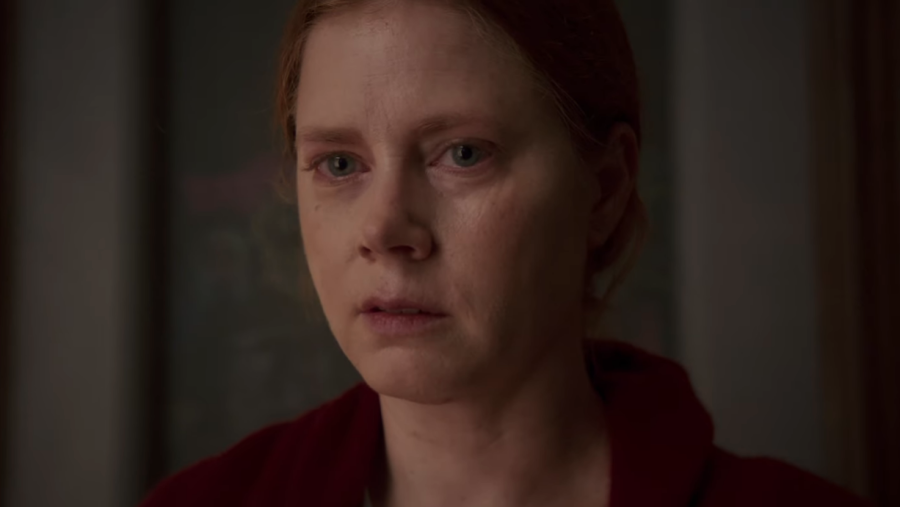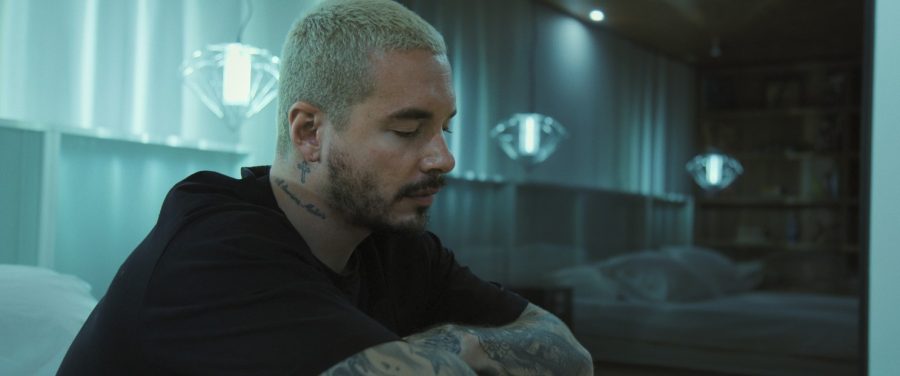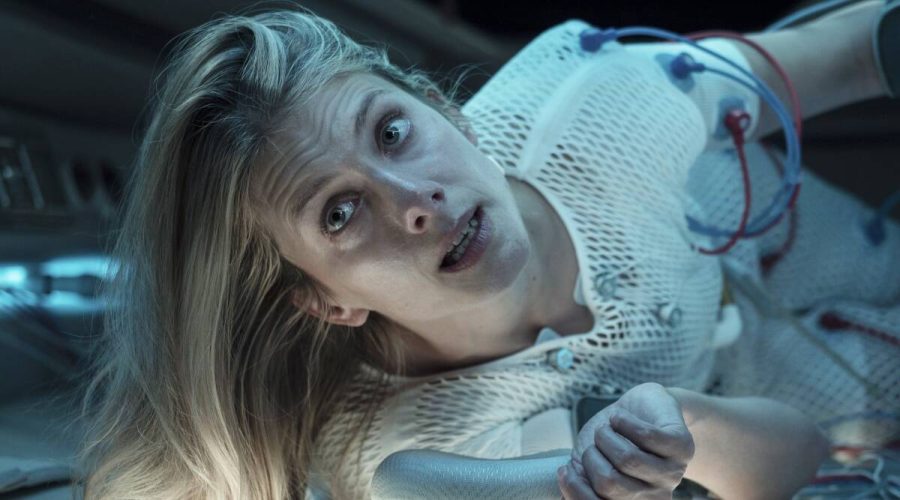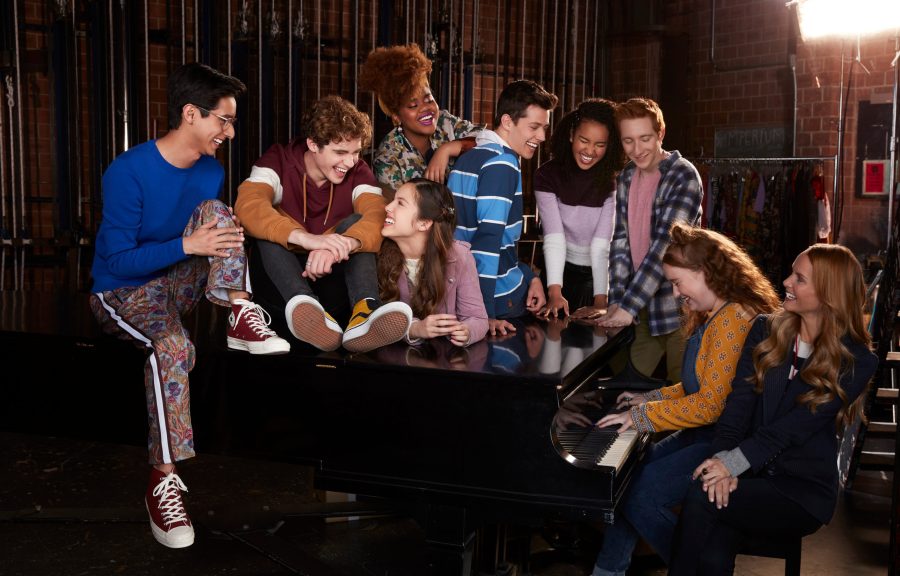We honor the films that Hollywood was too afraid to.
Most Underrated Film: “Pacific Rim”
“Pacific Rim” is basically the coolest “Power Rangers” episode of all time. Featuring epic oceanic battle sequences and a multi-racial cast, “Pacific Rim” transcends the conventions of the robot-monster genre.
The plot sounds ridiculous at first: Humanity has engineered gigantic, human-like machines to combat monsters called “Kaijus” that have emerged from an interdimensional portal on the Pacific Ocean floor. However, these machines, called Jaegers, can only be operated by two human minds, joined through a neural bridge.
While the film is not an Oscar contender, it deserves nominations for “Best Special Effects” and “Best Directing.” Director Guillermo Del Toro pays spectacular homage to the Kaiju genre, slowing down the large-scale fights for optimal visuals and using stop motion to engage all of the audience’s senses — a tactic few action flicks employ. By building the battle scenes frame by frame, the intricate details of the designs are more prominent — from a Jaeger’s four-story-tall head to the supersaturated color palette of Hong Kong and Japan. Robot-monster carnage never looked so good.
Perhaps most refreshing is that there is no token romantic subplot between the two main characters, Raleigh (Charlie Hunnam) and Mako (Rinko Kikuchi). Instead, the emotional core of the movie lies in messages of togetherness, respect and trust. Coupled with these organic themes, “Pacific Rim” impresses with both blockbuster and critical appeal.
– Salena Quach Staff WriterThe “Fitzgerald is Rolling in His Grave” Award: “The Great Gatsby”
Baz Luhrmann’s adaptation of F. Scott Fitzgerald’s novel “The Great Gatsby” takes all the wrong kinds of liberties. The novel explores the Jazz Age, a land of economic excess where you can afford to throw your silk shirts into the air like confetti and pour your leftover champagne into the swimming pool. Fitzgerald provides a lucid account of the frivolous attitude that tipped the nation into the Great Depression.
Luhrmann’s film, on the other hand, shoves the silk shirts into our mouths and washes them down with the cheap thrill of overwrought 3-D technology. The camera melodramatically zooms in and out of the frame until we begin to wonder what kind of camera would permit such abuse. Meanwhile, the screenplay, written by Luhrmann and his favorite screenwriter Craig Pearce (his counterpart in both “Romeo + Juliet” and “Moulin Rouge!”), simply regurgitates the novel. Only when it comes to music does Luhrmann decide to take a stab at originality. And suddenly, we realize why he hesitated before opening his Pandora’s box of creativity. The soundtrack, produced by Jay-Z, is an oversexed hip-hop that stumbles awkwardly between Lana del Rey and Beyonce.
On the whole, this film caters to the viewer who prefers an overexposed, postcardish view of history — featuring airbrushed flappers and the most flamboyant speakeasy of all time — to a full panorama of the Roaring Twenties.
– Nilu Karimi Staff WriterThe “Sadder Keanu” Award: “47 Ronin”
Some matches are made in Hollywood heaven. Others are not. But surely, many of us would salivate at the combination of first-time director Carl Rinsch taking on an ancient Japanese legend, a screenplay scripted by the guy who wrote “The Fast and the Furious” and a lead role played by Keanu Reeves.
Oh, wait. Nobody would want that.
The most important question is: Why did the film get made? “47 Ronin” is an adaptation of an 18th century tale about samurai honor and the lengths men will go to avenge their lord — a theme central to late medieval Japanese literature and custom. But it wasn’t white enough for Hollywood, so Reeves was thrown in.
Endless questions arise about this film’s production. Who thought an ancient Japanese legend would be popular if it was written by the “The Fast and the Furious” guy? If they sought to accurately adapt a non-Western, non-European legend (something we’d like to see Hollywood do more often), why would they throw in Reeves? The film simply doesn’t understand the story it’s telling — it should be about men driven to fight to the death to avenge their master’s honor; instead, it’s about Keanu Reeves finding his place in the world. The movie moguls at Universal Pictures began with an excellent story, but they slapped a brand-name star on it and left out the heart.
– Nathan Cook Staff WriterBeardiest Film: “The Hobbit: The Desolation of Smaug”
When in battle with a fierce dragon, “The Hobbit: The Desolation of Smaug,” proves that the best way to fight is with great swordsmanship — and an even better beard.
While Gandalf’s (Ian McKellen) long facial hair clearly symbolizes his sophistication, 12 other dwarves, all with tongue-twisting names, show they can intimidate with armor and style as they go on their quest through Middle Earth. Two dwarves in particular, Gloin (Peter Hambleton) and Bifur (William Kircher), add accessories to their whiskers, and their facial hair serves both as fashion and defense. Gloin accessorizes his beard with beads to create a cleaner look, but it’s also practical — his beard stays out of the way during an attack. Similarly, Bifur adds feathers to his beard, making for both a bold statement and a distraction for Smaug.
Besides intimidation, the bearded bunch uses their facial hair to display their confidence. A shout-out goes to Dwalin (Graham McTavish), who proves that a bald scalp can be overshadowed by an impressive flow of hair off of the chin. The dwarves prove that what they lack in size, they make up for into the grandest of follicular heroism. While the story is engaging either way, it’s worth wondering where the hobbits, elves, dwarves, wizards and goblins of “The Hobbit” would be without their beards.
– Lauren Craig Staff WriterMost Underrated Performance: Oscar Isaac, “Inside Llewyn Davis”
Oscar Isaac seemed destined for an Academy Award nomination for his lead role in the Coen brothers’ period drama “Inside Llewyn Davis.” Isaac’s performance garnered acclaim and accolades throughout the year — a Golden Globe nomination included. Portraying the fictitious folk singer Llewyn Davis in 1960s Greenwich Village, New York, Isaac effortlessly creates a complex and understated character attempting to make his voice known within the burgeoning folk scene. Davis’s life is stuck in a constant cycle of disappointment — despite his talent, he seems to fail at every opportunity for success — and Isaac is able to convey grief and depression to create a morally ambiguous character the audience can relate to. Isaac also lends his own singing voice to the music in the film, adding a layer of realism and depth to the character. When he sings the traditional folk song “Hang Me, Oh Hang Me” while contemplating suicide at a bar gig, it feels like an authentic cry for a way out of his stagnated life.
Llewyn Davis exists in a drab, uneventful world that only lets him down, a fact made ever-present by Isaac’s solemn, sobering performance. Although not as showy as, say, Leonardo DiCaprio’s portrayal of Jordan Belfort in “The Wolf of Wall Street,” Isaac still puts forth a performance that is muted but surprisingly engrossing.
– Ethan Fukuto Staff Writer

